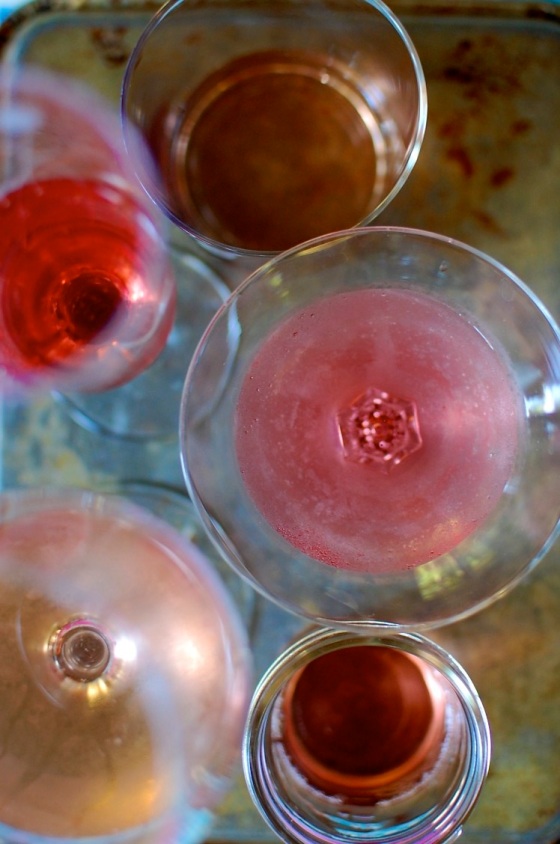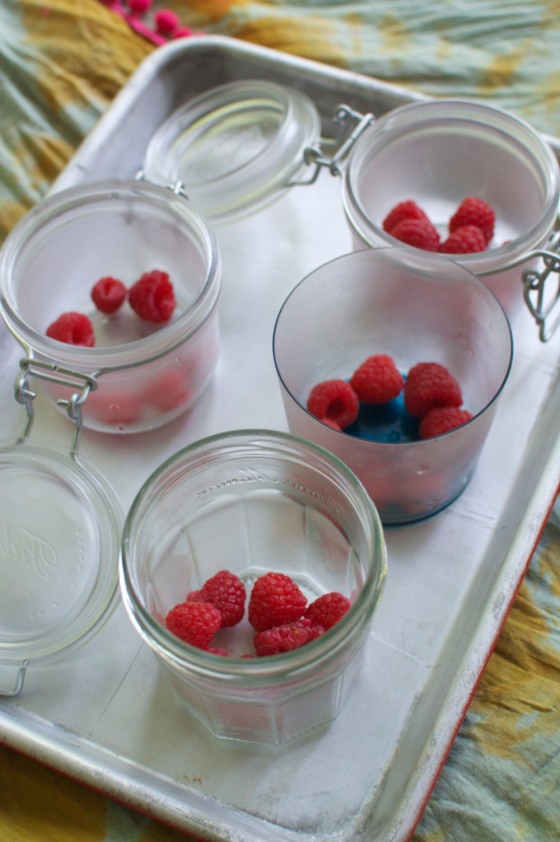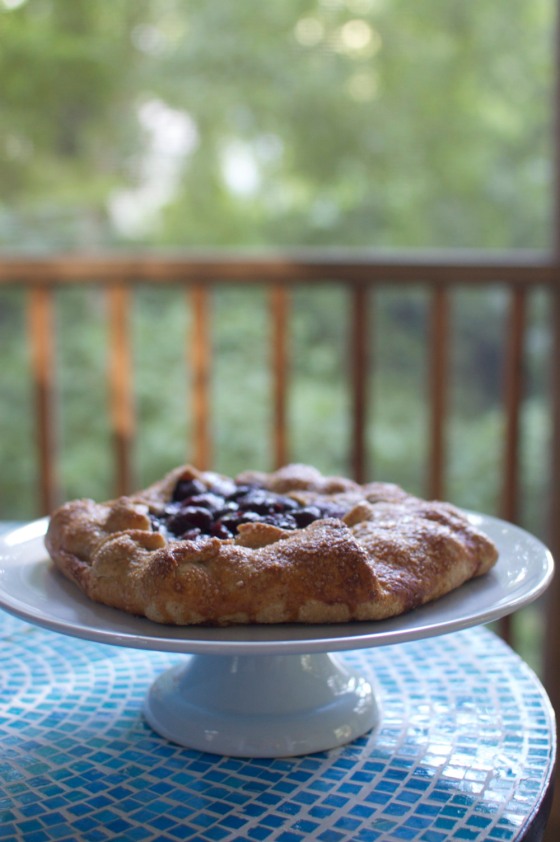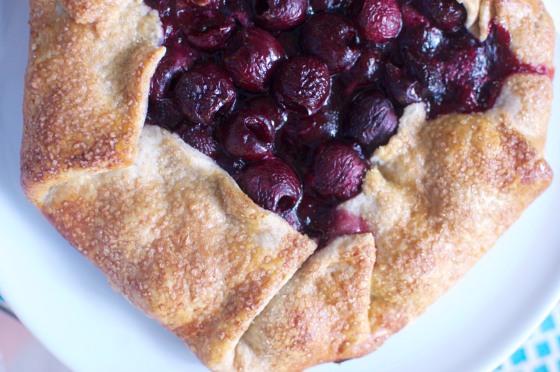 This summer, I’ve discovered rosés. I used to think that rosés were just the kind of wine that the ladies on Real Housewives drink to fuel their catfights. I thought that they were all sweet, and not very interesting. In reality, rosés get a bad rap due to sweet California Zinfandels and you know, Boone’s Farm Strawberry wine. I’m going to let you in on a secret. Rosés are actually awesome. The dry ones are made from grapes that you’d recognize from red wines, like pinot noir, grenache, cabernet sauvignon, and malbec. (Just so you know, the ladies on Real Housewives are fueled primarily by Pinot Grigio, or “pinot grish,” as they say.)
This summer, I’ve discovered rosés. I used to think that rosés were just the kind of wine that the ladies on Real Housewives drink to fuel their catfights. I thought that they were all sweet, and not very interesting. In reality, rosés get a bad rap due to sweet California Zinfandels and you know, Boone’s Farm Strawberry wine. I’m going to let you in on a secret. Rosés are actually awesome. The dry ones are made from grapes that you’d recognize from red wines, like pinot noir, grenache, cabernet sauvignon, and malbec. (Just so you know, the ladies on Real Housewives are fueled primarily by Pinot Grigio, or “pinot grish,” as they say.)
 These 5 rosés have been my favorite this summer. I would like to say, upfront, before we really get into this, that I know NOTHING about wine. Really. I’m just consolidating things that I’ve read online and mixing it with my own experience a little. But mostly, I don’t know anything. I got these rosés from Total Wine, Southern Season (thanks, Mommy!), Trader Joe’s, and Whole Foods. From left to right, they are Rosé D’Anjou from the Loire Valley of France, Crios Rosé of Malbec from Argentina, Domaine Houchart from Coté de Provence, Conte Priola Rabosa Rosé, and J.L. Quinson from Coté de Provence.
These 5 rosés have been my favorite this summer. I would like to say, upfront, before we really get into this, that I know NOTHING about wine. Really. I’m just consolidating things that I’ve read online and mixing it with my own experience a little. But mostly, I don’t know anything. I got these rosés from Total Wine, Southern Season (thanks, Mommy!), Trader Joe’s, and Whole Foods. From left to right, they are Rosé D’Anjou from the Loire Valley of France, Crios Rosé of Malbec from Argentina, Domaine Houchart from Coté de Provence, Conte Priola Rabosa Rosé, and J.L. Quinson from Coté de Provence.
Rosé D’Anjou
Location: Loire Valley of France
Year: 2012
Tasting Notes: This rosé is a little sweeter than most, but in a good way. It’s definitely not sticky sweet, just a cool, crisp sweetness that opens up into fruit flavors (peach, strawberry, sweet cherry). It’s round and generously fruity, but definitely dry and doesn’t leave much of an aftertaste. It would be good with a dish like pad thai, or a cool noodle salad with cilantro. I wouldn’t stand up to much spice, but it would be good with strong earthy flavors.
Crios Rosé of Malbec
Location: Argentina
Year: 2012
Tasting Notes: This one is about as heavy and rounded as you’d expect from a rosé. It’s deep in color, and would absolutely hold up to spicy foods. It’s better chilled a little less than other lighter rosés. It’s characteristically fruity–but dark fruits like blackberries and plums, raspberries, too. It kind of reminds me of very ripe strawberries, but without the sweetness. Just deep red berries with lots of earthy flavor. It would be good with snacks and appetizers and is nice to drink alone.
Domaine Houchart
Location: Coté de Provence, France
Year: 2012
Tasting Notes: This rosé seems like it’s pretty typical of the coté de provence. It’s definitely a fruit-forward wine, but mildly so. There is almost a little citrus note to it, but fleetingly, followed by ripe strawberries and a tart finish. It’s almost a little herbal–isn’t that what you think of when you think of Provence? I don’t really know what herb, maybe rosemary or thyme. It could even be lavender, just slightly. I think that this wine would be good cold and by itself.
Conte Priola Rabosa Rosé
Location: Veneto, Italy
Year: 2012
Tasting Notes: This rosé is bright, zippy, crisp, and a little bubbly. This one is the wine that I think would be great with hamburgers and hotdogs on a sunny evening on the porch. It’s strong enough for heavy foods like burgers, but still subtle enough to enjoy alone. It’s very good when it’s very cold. It’ll leave your mouth feeling puckered and dry more than any other rosé I’ve tried.
J.L. Quinson
Location: Coté de Provence
Year: 2012
Tasting Notes: This rosé is the lightest in color and flavor that I’ve tried. It’s very simple, but interesting nonetheless. It’s gently sweet at first, with strawberry and sweet cherry notes. Later, it’s a little buttery and creamy. True to the region (apparently), it’s easily drinkable and a little acidic. I think it would be really great with grilled chicken and asparagus.
 In my research, I’ve learned that rosé are best when they’re younger, so this year, 2012 is the year to look for. If you’re looking for a dry rosé, look for a French, Spanish, or Italian wine. You can find good dry ones from South America or California, but they’re more likely to be sweeter than their European counterparts.
In my research, I’ve learned that rosé are best when they’re younger, so this year, 2012 is the year to look for. If you’re looking for a dry rosé, look for a French, Spanish, or Italian wine. You can find good dry ones from South America or California, but they’re more likely to be sweeter than their European counterparts.
Did I fool you? Does it seem like I know ANYTHING about wine? Well, Google is a big help. Enjoy some pink wine this summer–it might be better than you think!













